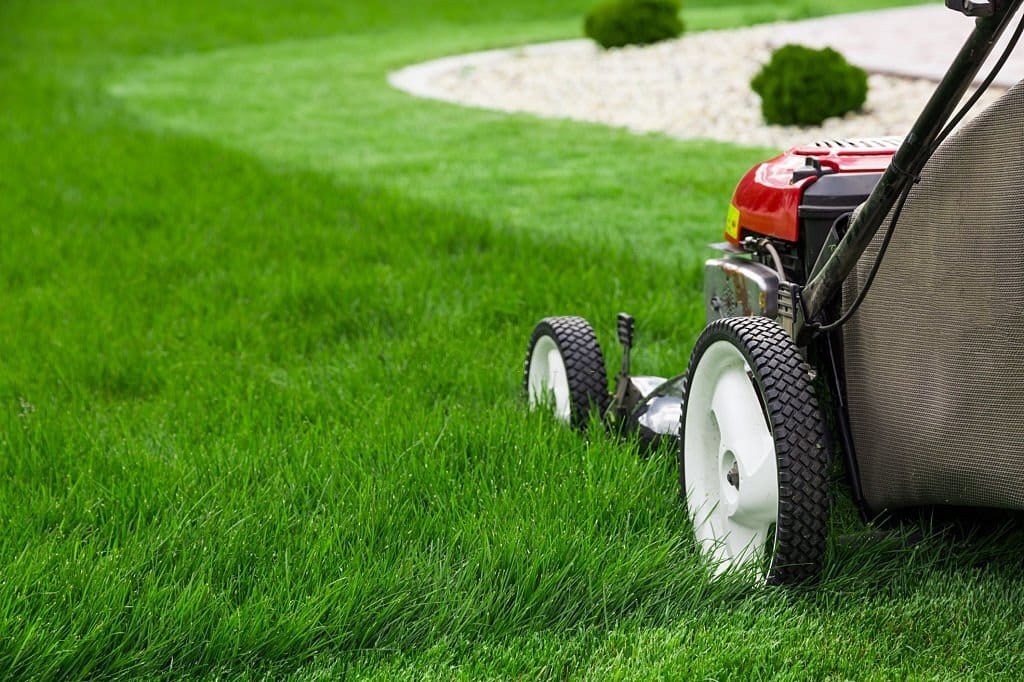
In winter, the care and maintenance of your lawn require a significant shift. The lush greenery that thrived in the summer sun now faces the challenge of surviving the colder months. However, with the right care and attention, your lawn can not only survive but thrive during the winter. Here are some top lawn care tips for winter to keep your garden looking its best.
Winter is an excellent time to seed your garden, particularly if you have cool-season grasses. Seeding during the winter allows the grass seeds to lie dormant until the conditions are right for germination. This process, known as dormant seeding, can give your lawn a head start when spring arrives. Remember to choose high-quality seeds that are suitable for your local climate and soil conditions.
While your lawn's growth rate slows down during the winter, it doesn't stop completely. It's important to continue mowing your lawn, albeit less frequently, to keep it healthy and tidy. Adjust your mower's height to leave the grass slightly longer than usual. This helps to protect the grass roots from frost and provides insulation against the cold. Remember to keep your mower blades sharp for a clean cut, which reduces the risk of disease and damage to the grass.
Fertilising your lawn before the onset of winter can help to strengthen the grass roots and prepare your lawn for the cold months ahead. Use a slow-release granular fertiliser that is high in potassium to improve the grass's resistance to frost and disease. Avoid fertilisers that are high in nitrogen, as they can stimulate lush growth that is vulnerable to winter diseases. At Coochie HydroGreen, we offer a range of specially formulated winter fertilisers that provide the nutrients your lawn needs to stay healthy during the winter.
Regularly removing fallen leaves from your lawn is crucial during the winter. Wet leaves can create a damp environment that promotes the growth of fungal diseases. They can also smother the grass and create unsightly patches in your lawn. Use a rake or leaf blower to remove leaves and other debris from your lawn. This not only keeps your lawn tidy but also improves air circulation and reduces the risk of disease.
While your lawn requires less water during the winter, it's important not to neglect watering altogether. Water your lawn deeply but infrequently, allowing the soil to dry out between waterings. This encourages the grass roots to grow deeper in search of water, resulting in a stronger and more drought-resistant lawn. Be sure to water your lawn in the morning to allow the grass blades to dry before nightfall, reducing the risk of fungal diseases.
Aerating your lawn during the winter can improve its health and appearance. This process involves creating small holes in the soil to allow air, water, and nutrients to penetrate the grass roots more effectively. This can help to alleviate soil compaction, improve drainage, and promote stronger root growth. At Coochie HydroGreen, we offer professional lawn aeration services to help your lawn breathe and thrive during the winter.
During the winter months, lawns are not immune to pest infestations. While the cold temperatures may reduce pest activity, certain insects and rodents can still cause damage to your lawn. Understanding the common pests that can affect lawns during the winter and implementing effective pest management strategies is crucial for maintaining a healthy and vibrant lawn. Here, we will discuss some of the most common pests and provide strategies for managing them.
Think you have pests in your lawn? Contact us today to get your lawn back on track!
Implementing proper lawn maintenance practises, such as regular mowing, adequate watering, and appropriate fertilisation, can also help promote a healthy lawn that is more resistant to pest infestations. If pest problems persist or become severe, it may be beneficial to consult with a professional pest control service for tailored solutions. By being proactive and implementing effective pest management strategies, you can protect your lawn from common pests during the winter and ensure its health and vitality throughout the year.
Overseeding is a beneficial practice that involves spreading grass seed over an existing lawn to improve its density, fill in bare patches, and enhance its overall appearance. While overseeding is commonly associated with spring and fall, it can also be done in winter with great success.
By following these guidelines, you can achieve optimal results when overseeding your lawn in the winter. Remember that consistency and patience are key, as it may take several weeks for the new grass to establish and fill in the bare areas. With proper care and maintenance, you can enjoy a healthier, greener lawn that thrives throughout the year.
Winter lawn care requires a proactive approach and the right practices. By seeding your garden, continuing to mow, fertilising, picking up leaves, watering appropriately, and aerating your lawn, you can ensure your lawn remains healthy and vibrant throughout the colder months.
Remember, a well-cared-for winter lawn sets the stage for lush, vibrant growth in the spring. Our experts at Coochie HydroGreen can ensure that your lawn stays weed and disease-free all year round. Contact us for more information!